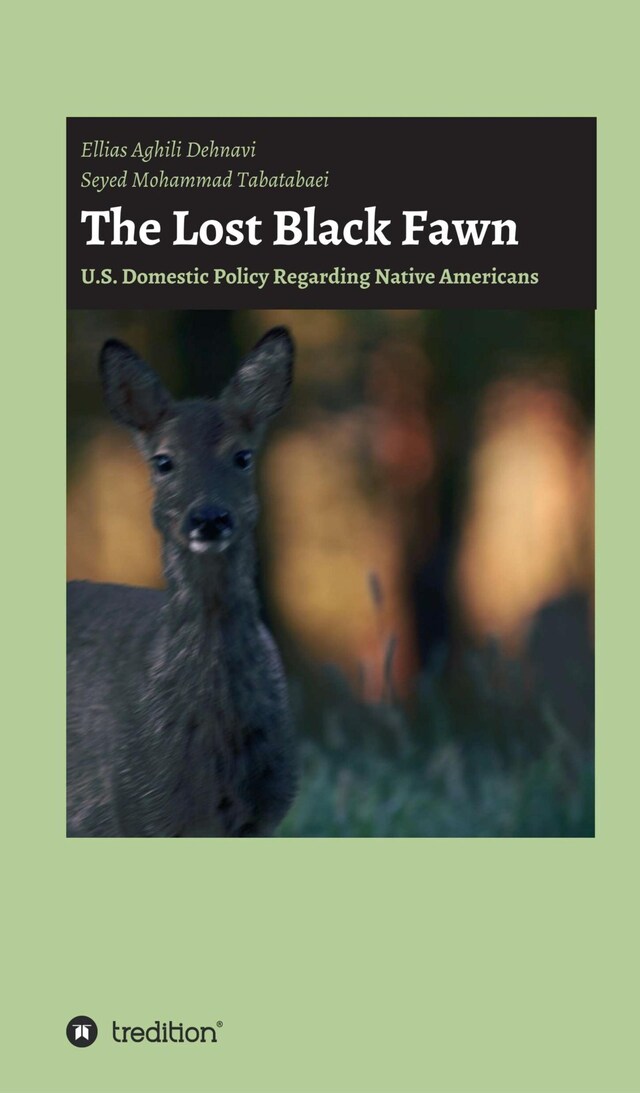
The Lost Black Fawn
U.S. Domestic Policy Regarding Native Americans
Description of book
Among the ethnic groups, the poorest one in the USA is American Indians. Some of the realities and problems of American Indians include lower opportunities for education, a high rate of unemployment, homelessness, issues of permanent residency, psychological problems, geographic isolation, and drug abuse. For instance, 27% of American Indian households are below the poverty level, while it is about 11.6% among whites in the world. In addition, American Indians tolerate more violent crime compared to other ethnic groups in the United States. They are subject to such crimes like murder, aggression, gang violence, human and drug trafficking, and illegal migration through tribal lands. They also experience the highest rate of imprisonment in the USA. The Indians also face a lack of respectfulness to their culture from other ethnic groups, specifically from the whites.
Such cultural incompetency or lack of cultural respect is partly originated from racial discrimination that is imposed on American Indians. Using discrimination theory, we can understand the relation between racial discrimination and the social challenges faced by American Indians. If Native Americans retrieve their cultural competences, the challenges they face can be mitigated.
We have done our best to present some feasible results in order to solidify our problem and subject matter using mass surveys which have been done previously by Mary G Findling, Logan S. Casey, Stephanie A. Fryberg, Steven Hafner, Robert J. Blendon, John M. Benson, Justin M. Sayde, and Carolyn Miller from the universities of Harvard, Michigan and North Texas.

